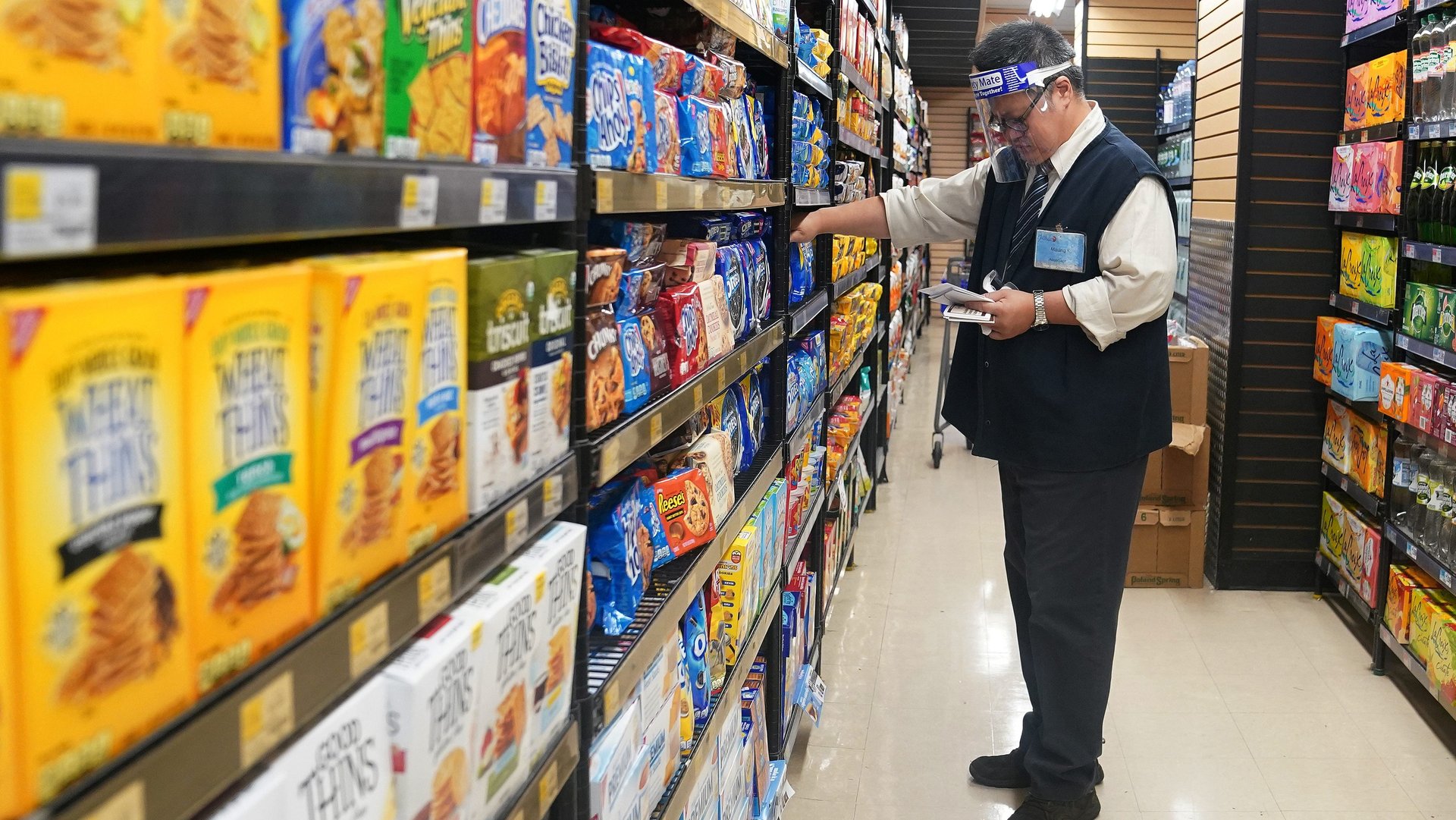The difficult choice ahead for Americans relying on emergency unemployment benefits
With the remaining Covid-19 economic relief programs expected to expire next month, some 12 million Americans could be without assistance, according to a report from the Century Foundation, a progressive think tank. They are also going back into a labor market where the occupations with the greatest demand for workers also carry some of the greatest health risks.


With the remaining Covid-19 economic relief programs expected to expire next month, some 12 million Americans could be without assistance, according to a report from the Century Foundation, a progressive think tank. They are also going back into a labor market where the occupations with the greatest demand for workers also carry some of the greatest health risks.
While the overall US employment rate is still 7%—or 5.3 million workers—below pre-pandemic levels, the food and beverage sector, which includes grocery stores, is one area where employment is higher than before the pandemic: 3.16 million in October, up from 3.09 million in February. Employment of couriers is up 12% from February, and employment of warehouse workers is up 5%.
The surge in online shopping has led to the boom in these low-wage jobs. They are also disproportionally held by Black and Hispanic workers.
Getting cut out of unemployment insurance could mean that workers will have to make “terrible choices between things like paying rent and buying medicine,” says Heidi Shierholz, an economist at left-leaning Economic Policy Institute. “People will take whatever jobs they can get.”
Just this week, workers at an Amazon warehouse in Alabama, which began operating during the pandemic, filed notice to hold a unionization vote that would cover 1,500 full-time and part-time workers, following other allegations of unsafe working conditions raised by Amazon fulfillment workers in recent months.
More than 48,000 frontline workers, including over 17,400 grocery workers, had been infected or exposed to the virus, and 109 grocery workers have died as a result of Covid-19, according the United Food and Commercial Workers International Union, which represents over one million grocery workers.
Even if all the job openings were filled, EPI’s Shierholz says there’s still not enough jobs to go around. What’s holding the economy back is not the availability of jobs, but that the jobs “help spread the virus, and the virus disrupts the economy,” she says.
The crisis has created some momentum to raise wages—Target and Best Buy upped their minimum wages to $15 an hour during the pandemic. Meanwhile, Home Depot said last week that it will invest $1 billion annually on increasing wages for its hourly frontline workers.
Still, many employers including Amazon, Costco, and Kroger have rolled back hazard pay, despite the number of confirmed cases of Covid-19 rising. At the end of May, Amazon rolled back its $2-an-hour wage bump to $15. In the current market, low-wage workers don’t have much economic leverage. Amid a growing consensus on raising minimum wages, it may require state or federal level action to get companies to raise wages in meaningful ways.